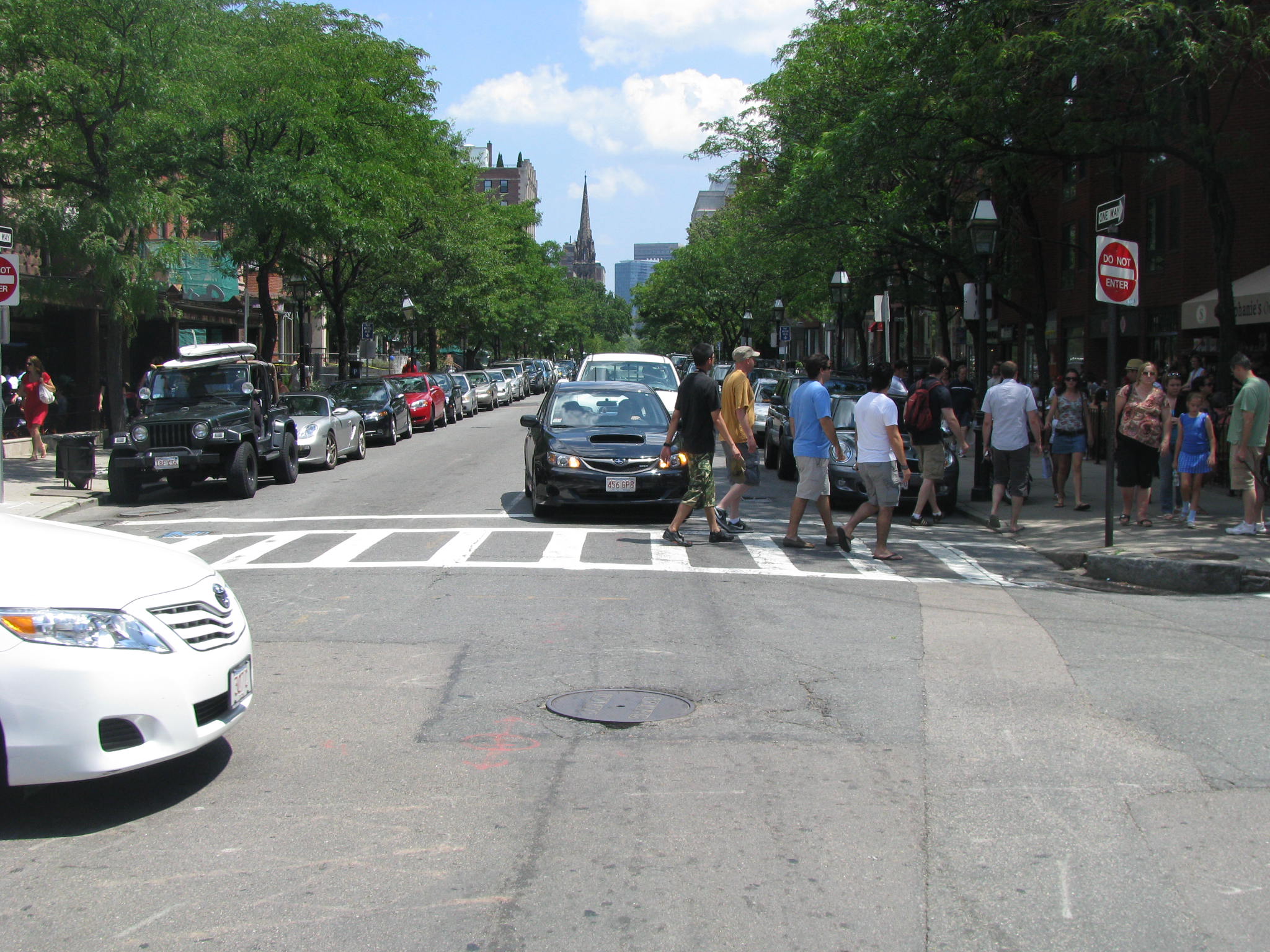 Anyone who knows us or reads this blog can tell you how much we value walkable neighborhoods. In a country that expanded and grew because of the availability of cheap gas and cars, most Americans are accustomed to spending a lot of time in their cars. Urban sprawl has left us disconnected from one another and the communities and businesses around us, as we shuttle from place to place without much walking or human interaction in between.
Anyone who knows us or reads this blog can tell you how much we value walkable neighborhoods. In a country that expanded and grew because of the availability of cheap gas and cars, most Americans are accustomed to spending a lot of time in their cars. Urban sprawl has left us disconnected from one another and the communities and businesses around us, as we shuttle from place to place without much walking or human interaction in between.
When we chose to move to Rochester, we sought out a neighborhood where we could still be a one car family and be able to walk to things. We wanted to share the benefits of vibrant neighborhoods with our kids. We try to support locally owned businesses whenever we can and having those shops, restaurants, museums and services in our neighborhood has a huge impact on our quality of life. We know the owners; they know us. We don’t have to go far to get the things we need. I get to hold my kids’ hands and visit with them as we stroll. And we see our neighbors on the way there and get some fresh air and exercise in the meantime.
We have preached the value of walkable communities around many a dinner table and bar. And we have made personal choices around that value, which means we end up walking in the rain and snow a lot too. Walkable communities are better for our souls, bodies and the world around us. So I was happy to read a GOOD article (thanks to the Rochester Regional Community Design Center‘s Facebook post) about a trend toward more walkable neighborhoods. The Realtor Association of America’s 2011 Community Preference Survey indicated a shift in where people are choosing to live. That shift has to do with the economic situation, but also with a change in what we value .
Here’s an excerpt from the executive summary of the report:
“The 2011 Community Preference Survey reveals that, ideally, most Americans would like to live
in walkable communities where shops, restaurants, and local businesses are within an easy
stroll from their homes and their jobs are a short commute away; as long as those communities
can also provide privacy from neighbors and detached, single-family homes.”
I dig it. A lot. The GOOD article went on to point out recent data that shows that people in NY City, one of the ultimate walkable cities, have a better life expectancy. Various reasons for that are offered. But we do know that people in NY City walk more and faster, have support services close and have the social and mental stimulation of culture and activities all around them. All of this has an impact on quality of life.
Walkable neighborhoods give people an opportunity to interact, know one another, be engaged, get their bodies and minds moving and support one another and those around them.
We value vibrant neighborhoods. We know many people prefer not to be in the hustle and bustle of cities and many people do not have a choice of where they can afford to live. But we are happy to see a trend toward choosing living situations that offer shorter commutes, walkable neighborhoods and less dependence on fossil fuel and cars.






No Comment